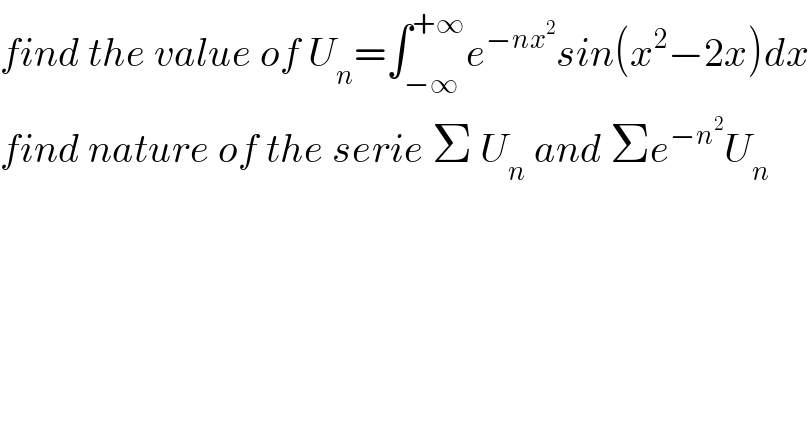
Question and Answers Forum
Question Number 66065 by mathmax by abdo last updated on 08/Aug/19

Commented by mathmax by abdo last updated on 09/Aug/19

Commented by mathmax by abdo last updated on 09/Aug/19

| ||
Question and Answers Forum | ||
Question Number 66065 by mathmax by abdo last updated on 08/Aug/19 | ||
 | ||
Commented by mathmax by abdo last updated on 09/Aug/19 | ||
 | ||
Commented by mathmax by abdo last updated on 09/Aug/19 | ||
 | ||